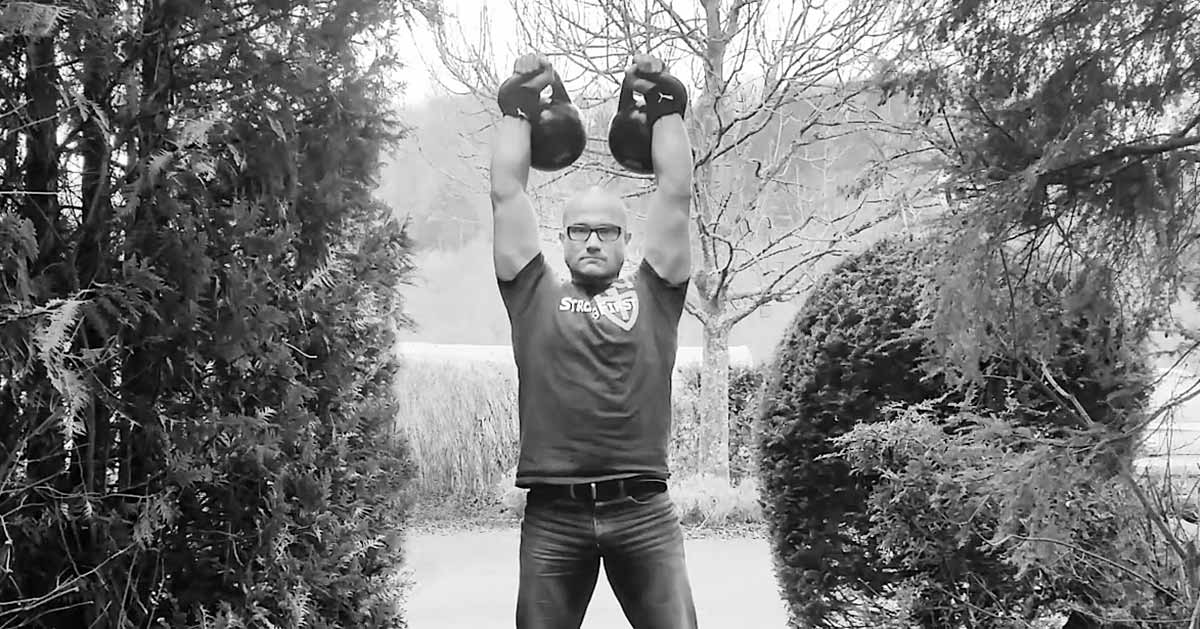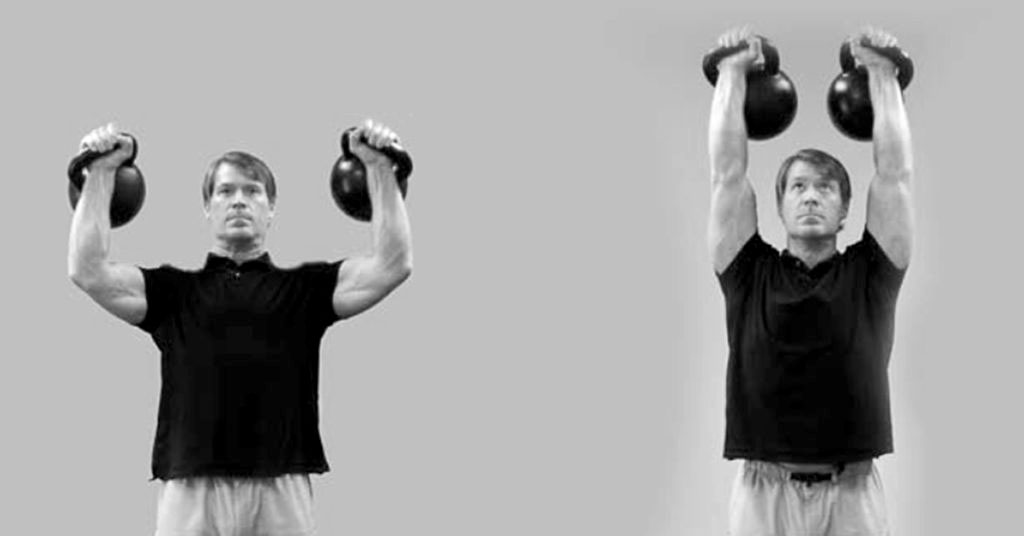Sure... keeping in mind I'm a practitioner with experience, but not a designer of the programs.
Let's say I could pass a 5-min snatch test (100 reps, unlimited hand switches) with a 16kg. And I could snatch a 20kg for 6 or 8 sets of 5 reps, but it was pretty hard. And I could snatch a 24kg for 1-3 reps on the good side on a strong day. This is about where I was when I started A+A snatching, and that was after 2 years of S&S, SFG, and A+A swing protocols. But I'd guess this is probably a common starting point for most men, also.
Training 3-4 times per week, I would spend several weeks snatching 16kg for sets of 5, always switching hands each set/repeat. For me, and others who trained snatches to pass the 5-min test, the nuances of the movement get lost in the rush to gain efficiency to pass the snatch test. So you have to slow things way down and pay a lot more attention to every part of the movement. Careful, precise, powerful... but taking time with set-up, pausing in lockout, being patient in the backswing. Fixing alignment, learning to tame the arc, figuring out how to use the breath, paying attention to the rooting of the feet. All that and more. Taking plenty of rest between each set/repeat... at least a minute, maybe 2 minutes. Practice delivering a powerful movement, but don't be too concerned with the time it takes to do the repeat. Get the movement down.
Then I would start of add some repeats of the 20kg. A few more each session, working up to 20 repeats of 5 with the 20kg, with more rest between repeats as needed. I'd start to be more efficient with the delivery of the 5 reps, so just a brief pause in lockout, knocking out the 5 reps fast but solid. This might take another few weeks. One day I might be feeling good and push it to 30 repeats, or 150 reps total. The next session I might just do 10 repeats. I'd keep track of the total weekly volume and see it going up over time. Never pushing past what the hands can take and taking good care of calluses. Hand tears will set you back a couple of weeks at least.
Working up again to the 24kg for repeats, again mixing in with the 20kg over several weeks until 20 repeats with the 24kg is a solid session, not too hard but not easy. I think this is when you can really get some good out of it. The technique is good, the body can handle some volume, you know how to generate power, and you're using a weight heavy enough to require a significant power.
So now, a proper 6- week protocol with the 24kg snatches in repeats of 5. Here you can get creative -- Al has one protocol that mixes weight, so I was doing 20, 24, and 28 alternately and mixed in each session -- but a basic protocol would use all the same weight, and that works too. So let's say it's all with the 24kg. Week 1 might have sessions of 16, 24, 20, 28 repeats. Week 2, 3, and 4 similar but slightly increasing total weekly volume, and the longest session of the week pushing into the 30s for repeat numbers. Some weeks with 3 sessions. Week 5 a deload week with half the volume and at least one easy session of 12 or 14 repeats. Week 6 back to week 4 volume and maybe an extra long session with 36 or 40 repeats.
The numbers for the repeats I may not have quite right because they are based on Plan Strong programming, the Delta 20 principle I think it is, and I haven't attended that. So I'm just approximating.
After all that volume, you'll notice your muscles are harder, maybe some hypertrophy, maybe some fat loss. Conditioning is good and HR drops a lot quicker after repeats. Grip is super strong and enduring. Legs are strong and powerful. Shoulders are open and stable.
So on it goes -- you can progress onward to snatching 28, 32, even 36, and 40... several men have. All with a similar progression scheme. Sometimes following a dedicated 6 week program, other times just progressing organically and autoregulating.
It's a style of training that can literally go on for years, and still keep delivering benefits.
So you might notice that I didn't change the reps. These can also be done -- up to 10 reps can work, but the effects are a little different. It goes beyond the alactic "interval" and a bit more into glycolysis. So for pure A+A, stick with 5 reps, at least with snatches. But nothing "bad" happens if you go beyond 5. Some say it's more hypertrophy-inducing.
You'll also notice that I really didn't address density. The rest periods may decrease a bit... but not a lot. EMOM is about as fast as it gets, and mostly it doesn't even get that fast for pure A+A. You just are able to do a harder work set -- snatch the 28kg for 5 reps and recover in 1 min 15 sec, where you used to snatch the 20kg for 5 reps and recover in 1 min 15 sec. You won't really see your recovery get significantly faster, like down to 30 or 40 sec. It just doesn't happen. Therefore, for pure A+A, stick with longer rests. Now, some people start out needing a LOT of rest, like 3 minutes for the HR to come down, and they will see significant improvement over time as they get aerobically fitter. LSD cardio can really help this transformation, and may even be required.
TL;DR: You progress weight, and total repeats.

And this may continue over many, many weeks and years.


